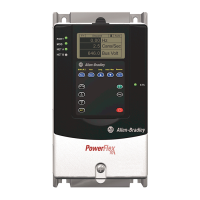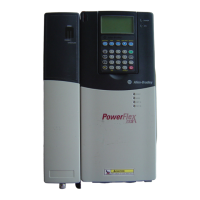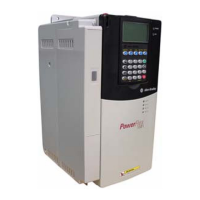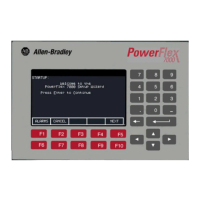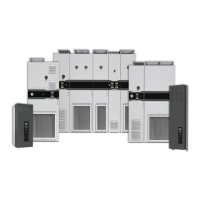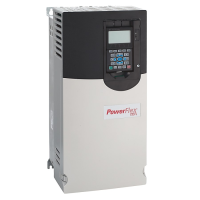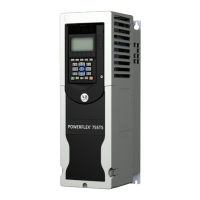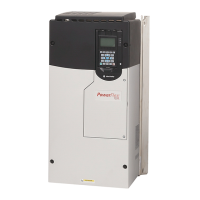Application Notes C-19
This function stops (sleep) and starts (wake) the drive based on
separately configurable analog input levels rather than discrete start and
stop signals. When enabled in “Direct” mode, the drive will start (wake)
when an analog signal is greater than or equal to the user specified
[Wake Level], and stop the drive when an analog signal is less than or
equal to the user specified [Sleep Level]. When Sleep Wake is enabled
for “Invert” mode
(1)
, the drive will start (wake) when an analog signal is
less than or equal to the user specified [Wake Level], and stop the drive
when an analog signal is greater than or equal to the user specified
[Sleep Level].
Definitions
• Wake - A start command generated when the analog input value
remains above [Wake Level] (or below when Invert mode is active)
for a time greater than [Wake Time].
• Sleep - A Stop command generated when the analog input value
remains below [Sleep Level] (or above when Invert mode is active)
for a time greater than [Sleep Time].
• Speed Reference – The active speed command to the drive as
selected by drive logic and [Speed Ref x Sel].
• Start Command - A command generated by pressing the Start button
on the HIM, closing a digital input programmed for Start, Run, Run
Forward or Run Reverse.
Refer to Figure C.9
.
Sleep Wake Mode
(1)
Invert mode is only available with Vector firmware 3.xxx and later.
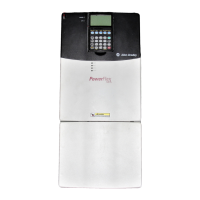
